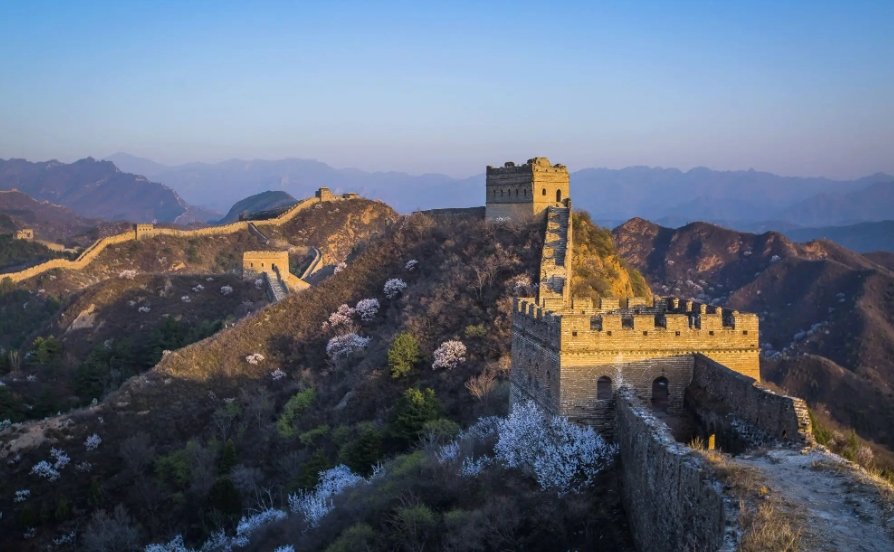
3 Fascinating Facts About the Great Wall of China
The Great Wall of China is one of the most iconic structures in the world, stretching across the rugged landscapes and embodying centuries of Chinese history. While its grandeur is undeniable, there are surprising facts about this monumental construction that often go unnoticed. Here are three fascinating insights into the Great Wall's story:
1. It’s not a single wall, but a network of fortifications spanning a staggering distance:
Contrary to popular belief, the Great Wall isn't one continuous wall but a complex network of walls, watchtowers, and natural barriers constructed and connected over centuries. This network snakes across mountains, deserts, and grasslands, covering an astonishing total length of 21,196.18 kilometers (13,170.7 miles). This incredible distance is equivalent to roughly half the Earth's circumference! This network wasn’t built all at once, but rather by different dynasties over hundreds of years, each adding their own sections and fortifications to protect against various nomadic groups.
2. It's a testament to military strategy, featuring 15 strategically placed passes:
The Great Wall wasn't just about creating a physical barrier; it was a meticulously planned defensive system. Along its immense length are 15 crucial passes strategically positioned at key points like mountain crossings and trade routes. These passes, like the heavily guarded Shanhai Pass in the east and the historically significant Jiayu Pass in the west, acted as checkpoints, funneling travelers and controlling access to and from China. They were vital for trade, diplomacy, and military defense, highlighting the strategic thinking behind the wall's construction.
3. It's a construction marvel that took over two millennia to build:
The construction of the Great Wall is a story spanning over 2,000 years. It began in the 7th century BC, during the Warring States period, with various states erecting walls to protect their territories. However, it was Emperor Qin Shi Huang, the first emperor of a unified China, who initiated the most extensive phase of construction, connecting and reinforcing existing walls. Over the centuries, subsequent dynasties, particularly the Han and Ming dynasties, continued to build and renovate sections of the wall, adapting it to evolving military needs and threats. This long and layered history is reflected in the wall's diverse architectural styles and building materials, which vary significantly depending on the era and location.
The Great Wall of China is more than just a wall; it’s a symbol of human ingenuity, perseverance, and the desire for protection. Its vast scale, strategic design, and long history make it one of the most remarkable feats of engineering and a testament to China's rich cultural heritage.
Q&A
Q1: Why was the Great Wall built?
A1: The Great Wall was built primarily to protect Chinese territories from invading nomadic tribes. It served as a physical barrier, a means of communication, and a symbol of Chinese strength and unity.
Q2: What materials were used to build the Great Wall?
A2: The building materials varied depending on the location and time period. Common materials included rammed earth, bricks, stones, wood, and even sticky rice – used as a mortar component in some sections!
Q3: Can you still visit the Great Wall today?
A3: Yes! Sections of the Great Wall, particularly those near Beijing, have been restored and are open to the public. Visiting these sites offers a unique opportunity to walk along this ancient wonder and witness its grandeur firsthand.
note: This return of all, without the author's permission, may not be reproduced